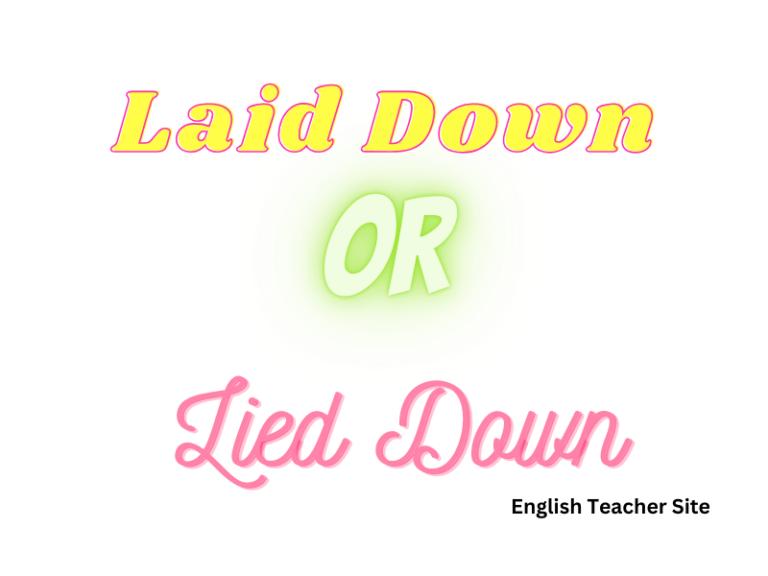What Are Regular and Irregular Verbs: Understanding the Basics
- Regular verbs take “-ed” or “-d” in their past forms, while irregular verbs do not follow this rule.
- Mastering both types of verbs is essential for correct English grammar usage.
- A comprehensive list of irregular verbs enhances understanding and application in language.
In contrast, irregular verbs do not adhere to this simple pattern, often undergoing significant changes. The base form, past tense, and past participle can all be different, as is the case with “go,” “went,” “gone.” These variations are numerous and can seem daunting; however, understanding them is essential for proper verb usage in past and perfect tenses.
What are regular and irregular verbs?
In the realm of English grammar, verbs are classified into regular and irregular based on their conjugation patterns.
Regular verbs are those that follow a predictable pattern when forming the past simple tense and past participle. Generally, one simply adds -ed or -d to the base form of the verb to transform it into its past forms.
Irregular verbs, on the other hand, do not adhere to this standard pattern. Each irregular verb has its own unique set of forms that must be memorized, as there is no singular rule that applies to all.
Here’s a comparative look at the two:
| Regular Verbs | Irregular Verbs |
|---|---|
| talk – talked | go – went |
| play – played | be – was/were |
| listen – listened | sing – sang |
These verbs form the backbone of English sentences, describing actions, events, or states of being. Mastery of their usage is essential for effective communication.
To better understand, consider the following bullet points that outline the key characteristics:
Regular verbs:
- Add -ed or -d to the base form
- Maintain the same verb structure throughout
Irregular verbs:
- Have unique past simple and past participle forms
- Do not follow a uniform pattern
Understanding Verbs
In English grammar, verbs are the backbone of a sentence, essential for expressing actions, states, and occurrences. This section will explore the nuances and rules of verbs, particularly focusing on their types, formation, and usage.
Overview of Verbs
Verbs are words that describe actions or states of being, which are necessary components in the structure of sentences. They adapt to indicate different times, commonly known as tenses, and different forms depending on the subject.
Regular Verbs
Regular verbs follow a predictable pattern when conjugated. To form the past tense or the past participle, one typically adds -ed to the base form of the verb.
Regular Verb Formation
| Infinitive | Past Tense | Past Participle |
|---|---|---|
| walk | walked | walked |
| listen | listened | listened |
| learn | learned | learned |
Irregular Verbs
Irregular verbs, by contrast, do not follow a single, simple rule for tense changes. Each verb can have an entirely unique past tense and past participle form.
Common Irregular Verbs
| Infinitive | Past Tense | Past Participle |
|---|---|---|
| be | was/were | been |
| go | went | gone |
| take | took | taken |
Formation and Conjugation
Regular and irregular verbs are conjugated according to tense, person, and number. Regular verbs simply acquire -s or -es in the present tense for third-person singular subjects, whereas irregular verbs may completely change form.
Verb Usage and Examples
Verbs are the action drivers in a sentence and can express physical actions, mental actions, or states of being.
- Physical Action: “They run every morning.”
- Mental Action: “She thinks deeply about the problem.”
- State of Being: “He is happy.”
Recognizing Patterns
Despite the lack of a simple rule for forming irregular verbs, patterns do exist. For instance, some irregular verbs have the same form for the past tense and past participle.
- Cut: “He cut the paper yesterday. The paper has been cut.”
- Hurt: “She hurt her arm. Her arm is hurt.”
By familiarizing oneself with these patterns, learners can better predict conjugations and improve their grasp of English grammar.
Comprehensive List of Irregular Verbs
When it comes to mastering English, understanding irregular verbs is essential. Unlike regular verbs that form their past tense and past participle by simply adding -ed to the base form, irregular verbs do not follow a single, predictable pattern. Here is a list of some commonly used irregular verbs in English, which could serve as a handy reference for learners.
| **Base Form | Simple Past | Past Participle** |
|---|---|---|
| be | was/were | been |
| begin | began | begun |
| blow | blew | blown |
| bring | brought | brought |
| build | built | built |
| buy | bought | bought |
| choose | chose | chosen |
| come | came | come |
| do | did | done |
| draw | drew | drawn |
| drink | drank | drunk |
| eat | ate | eaten |
| feel | felt | felt |
| find | found | found |
| fly | flew | flown |
| forget | forgot | forgotten |
| give | gave | given |
| go | went | gone |
| grow | grew | grown |
| know | knew | known |
Learners often encounter these verbs frequently in daily English usage, so familiarizing oneself with their forms is a step forward in achieving fluency. Notably, some verbs take on completely new forms when they are changed into the past tenses.
| **Base Form | Simple Past | Past Participle** |
|---|---|---|
| lie | lay | lain |
| ride | rode | ridden |
| ring | rang | rung |
| run | ran | run |
| say | said | said |
| see | saw | seen |
| show | showed | shown |
| sing | sang | sung |
| sit | sat | sat |
| speak | spoke | spoken |
| steal | stole | stolen |
| take | took | taken |
| throw | threw | thrown |
| wear | wore | worn |
| write | wrote | written |
While some irregular verbs may seem daunting due to their lack of regular patterns, repeated exposure and practice can help learners remember them. Here are a few tips for memorization:
- Group verbs with similar patterns together.
- Create sentences using each tense of the irregular verbs.
- Practice regularly by reading, speaking, and writing in English.
My name is Khamis Maiouf. I am the creator of the English Teacher Site, dedicated to providing valuable resources and insights for students around the world. With a passion for education and a commitment to helping students enhance their skills, I aim to make English teaching more effective and enjoyable for both educators and students.






